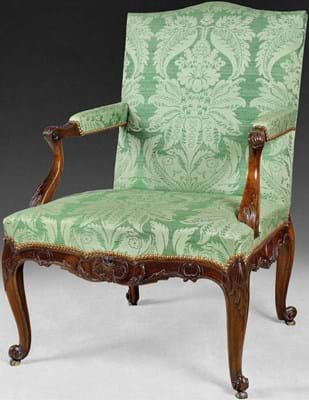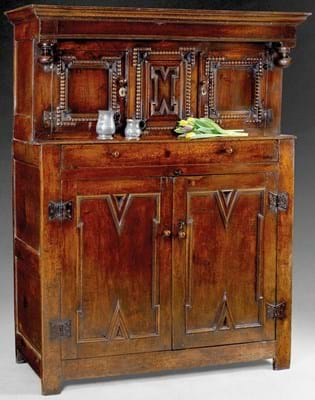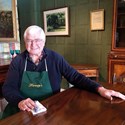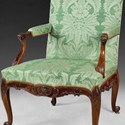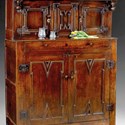This selection of classic English furniture is set to appeal to what manager David Harvey says is an increasingly popular market of its own.
The show highlights the range of tones, resulting from the manufacture and age, found in pieces made from 1680-1850. Formal and vernacular pieces are included such as armchairs, tables, bookcases and more, all displayed at the gallery’s showroom in Witney, Oxfordshire.
Among the highlights is an early Chippendale period mahogany display cabinet. It displays a classic patina in which red and yellow-brown tones combine with the dark, nearly black, colour of the carved details.
A George III breakfront library bookcase, meanwhile, demonstrates the tonal varieties achieved through the use of different woods in a single piece. The bookcase, priced at £75,000, includes tulipwood, kingwood, mahogany, satinwood, ebony and boxwood elements among others.
Then there is the single drop-leaf table by the Scottish cabinetmaker Alexander Peter. It exhibits a specific shade, ‘plum pudding’ mahogany, which features darker flashes reminiscent of the traditional Christmas fare.
Harvey, a second-generation dealer, has worked at the gallery since 1971. Though he has seen the furniture market rise and fall in that time, he prides his business on the enduring quality of the pieces it has offered since its earliest days.
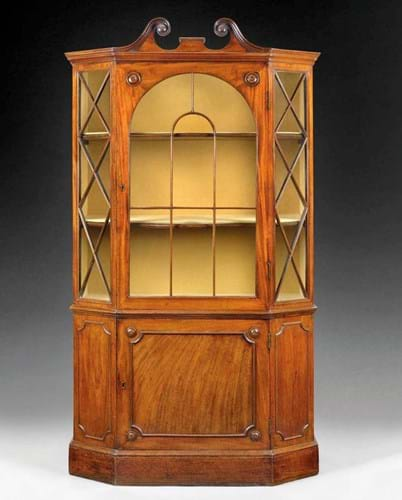
Offered for £15,000, this Chippendale-period mahogany display cabinet demonstrates a good patina with red and yellow-brown tones.
He has held annual exhibitions since 1978, and this year he is unequivocal when he says that the furniture is on an upswing.
“Sales are up,” he says. “The number of pieces we sell is rising week by week at our shop, at fairs and on our website.”
He adds that the expanding market includes not only established collectors but also younger buyers. Key for clients in the latter category is home ownership, and with that out of the way, he says, it is a familiar sight to see young families coming through fairs to hunt out prime pieces.
“Today, good Georgian pieces are available for less than their modern equivalents
A taste for durability and competitive prices are key elements in the trend, he adds. “Today, good Georgian pieces are available for less than their modern equivalents with the reassurance that they can be used daily and are made in a way that makes restoration possible, which is why they have survived for 200 years” – or, as his exhibition proves, even longer.
A full colour catalogue will accompany the show, which kicks off with a weekend of special events including refreshments and a tour of specific pieces led by Harvey.



